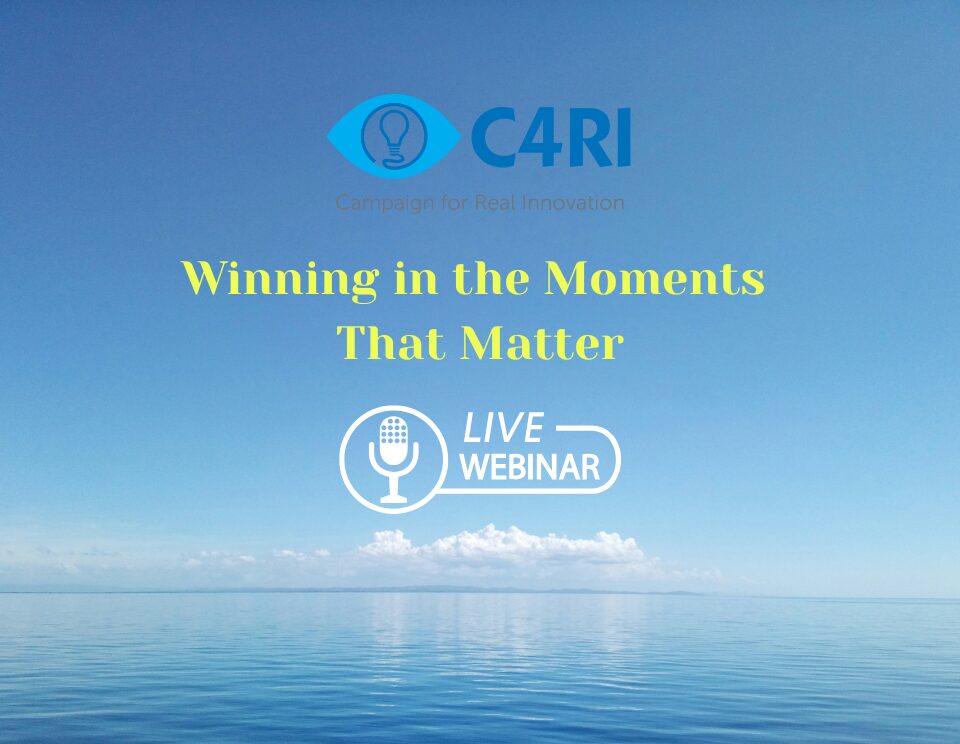The right claim doesn’t just describe a product, it creates an edge. It’s what sparks interest, drives trial, and turns attention into action. But when every product makes a claim, standing out takes more than simply stating a benefit.
To truly differentiate on pack, in communications, and in consumers’ minds, brands need to find the right hook: the insight that makes people stop, think, and reappraise their choices. This isn’t just about what a product does; it’s about how that truth is expressed. The most powerful claims connect meaning and motivation, turning a functional benefit into something emotionally compelling and commercially potent.
In this article, we’ll explore a 3-step process to make a strong claim that truly works. To show how research can reveal the emotional and cognitive levers behind effective messaging, and how brands can craft claims that both resonate with consumers and deliver measurable impact in market. Whether you’re shaping innovation, refining pack design, or optimising comms, understanding the art and science of claims will give you the tools to create messaging that doesn’t just inform, it inspires action.
Strong claims: a 3-step process
Step 1. Potential claims generation
Exploratory research helps uncover what consumers truly value in a product and identifies the most compelling ways to communicate those benefits. This approach is especially crucial for new products or categories, where understanding emotional and practical drivers can shape more motivating and effective claims.
Techniques: Focus is uncovering motivating insights
Key considerations:
Step 2. Claims development
This step involves transforming qualitative insights into clear, testable claims that resonate with consumers. By using analytics to evaluate and refine these claims, or blend elements from multiple ideas, teams can identify the most compelling language to express product benefits and differentiation.
Techniques: Focus on specific motivating language
Key considerations:
Step 3. Validating the claims
This final step assesses whether the claims are credible, compelling, and ready for market communication. Through testing and expert review, it ensures each claim resonates with consumers and meets the standards for packaging, advertising, and competitive response.
Techniques: Focus on the proof
Key considerations:
This 3-step framework ensures that product claims are not only inspiring but also credible, legally sound, and strategically aligned for market success.
Claims top tips
Build your claims portfolio
If you ever get challenged on your claim, you need to ensure all the evidence is documented and saved in one place to ensure it stands up in court. Therefore, we recommend creating a claims portfolio. This can include:
We have also put together ‘6 Steps to Set Up a Robust Claims Trail’ that you may find useful to refer to when thinking about your claims portfolio. Or watch ‘Claims Webinar: Making Sue You WIN’ on demand: a useful resource to aid your next claims project.
Ready to build stronger claims?
Start building stronger, sharper, and more credible claims today. Our insights experts are here to partner with you, not just as consultants, but as an extension of your own team. Whether you’re launching a new product or refining your messaging, we’ll help you uncover what truly motivates your audience and validate it with confidence.
Let’s turn insight into impact. Contact [email protected] to elevate your claims strategy.




Stay In Touch